
Beyond any iota of doubt, education is the backbone of society—the light that triggers impactful transformation and restores dignity among communities.
All countries strive to improve the quality of their education system and conform to the 21st Century workplace requirements. In Kenya, this led to the scrapping of the 8-4-4 system, gradually replacing it with the Competency-Based Curriculum (CBC), introduced to primary schools in 2017.
The introduction of CBC was not just a change in textbooks and teaching methods but a bold step toward reshaping the future workforce. As the country bid farewell to a 32-year-old, well-established 8-4-4 system at the end of last year, the 2-6-6-3 CBC promises a paradigm shift in how students learn and, subsequently, how they get ready to contribute effectively to the job sector.
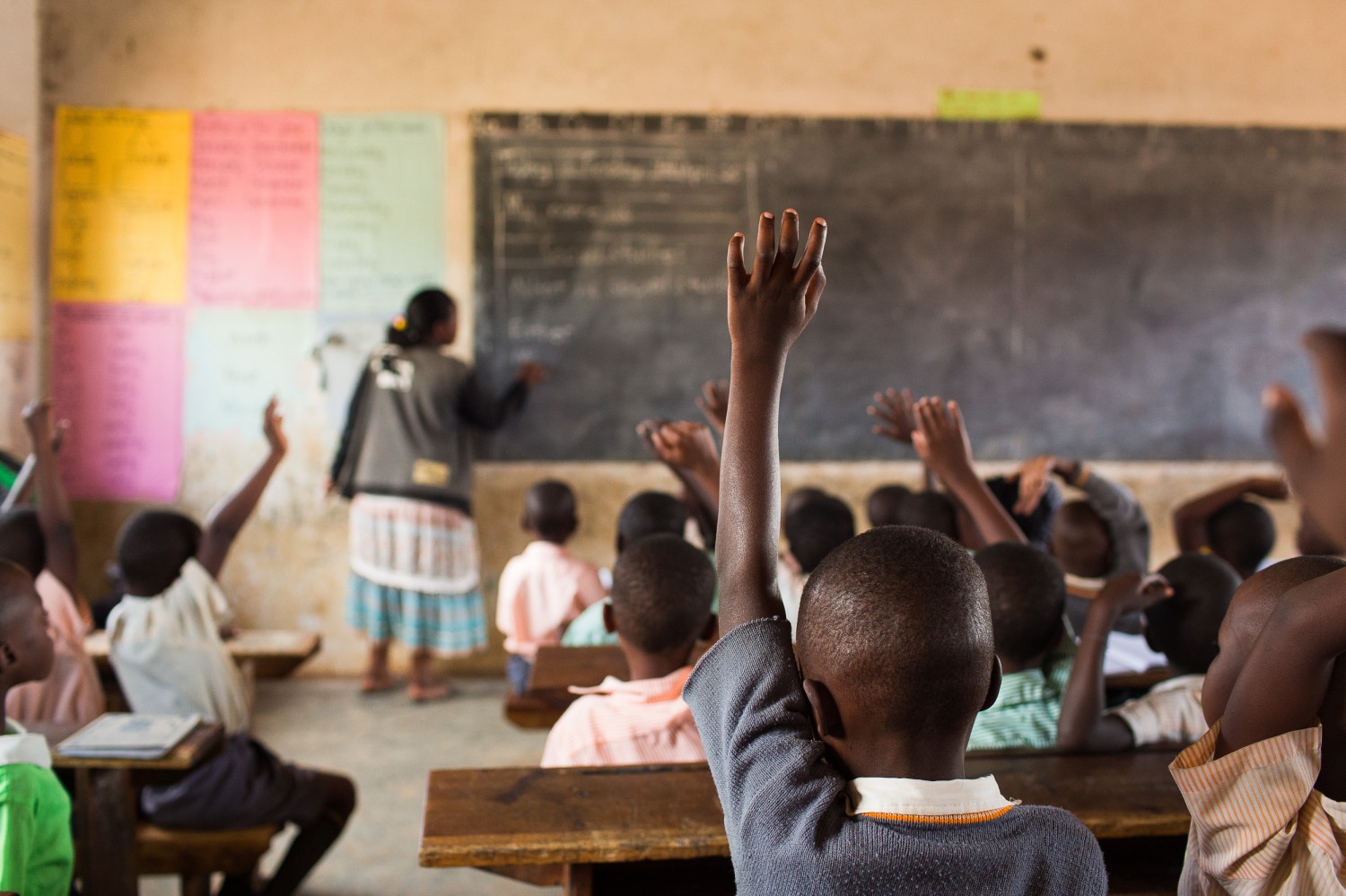
The process has had its complexities, and the country is evidently on a journey to finding a new identity in the academe.
Envisioning change
At the core of CBC is a visionary approach that prioritizes the development of skills and competencies over parrot-fashion memorization and exam-oriented learning.
The curriculum is designed to nurture critical thinking, problem-solving, creativity, and collaboration – essential skills in a dynamic world where adaptability is critical.
The emphasis on continuous assessment throughout a student’s learning journey provides a more holistic view of their capabilities, moving beyond the limitations of traditional exams.
Encountering challenges
While the vision is ambitious and promising, the transition from the familiar 8-4-4 system to CBC has not been without hurdles. Stakeholders, including educators, parents, and students, are grappling with adjustments to a new way of teaching and learning.
Eight years down the line, some of the lingering challenges include the need for extensive and CBC-sensitive teacher training, updating infrastructure in academic institutions, and ensuring the availability of relevant learning materials in schools.
All this boils down to funding. While the government has already invested hundreds of billions of Kenya shillings to give feet to the new curriculum and help it stand, deficits are crying aloud.
At the start of the 2023/2024 fiscal year, the deficit stood at KSh123 billion of the total KSh676 billion estimated to be needed to roll out the curriculum fully.
It’s been an expensive affair, but it would be fair enough to agree that the government has been working fingers to the bone to set the education balloon aloft.
The somewhat abrupt shift from a well-established system has, for years now, sparked concerns and skepticism, creating a temporary sense of uncertainty among stakeholders and placing the fate of the young learners on shaky grounds.
Actually, a significant chunk of cut-across stakeholders have sadly lost confidence in its stability.
Work in progress: Teacher training, infrastructure
One of the critical elements in ensuring the success of CBC is the preparedness of educators. Comprehensive training programs are essential to equip teachers with the skills and methodologies aligned with the CBC philosophy.
The government’s commitment to invest in teacher training is a positive step, but the implementation has become a worryingly long process that requires sustained efforts.
Universities, which are the baking pots of such professionals, are yet to fully swing into action and start preparing and releasing CBC-aligned teachers to train the young minds.
Simultaneously, the need for upgraded infrastructure to support the new curriculum cannot be overstated. Schools must continue adapting to accommodate interactive learning spaces, digital resources, and practical application areas.
While progress is being made, much is needed to ensure every learning environment is conducive to the CBC’s vision.
Bridging transition to universities gap
As the transition nears the tertiary level, concerns have emerged about the readiness of universities to accommodate these learners.
Stakeholders and education analysts argue that higher education institutions have been slow to conform to CBC requirements, potentially leaving a gap between what students are equipped with in lower education levels, and what may happen next.
Unscathed, higher education institutions seem to be at ease with the normalcy within and at comfort with their mundane way of training students. The backstage argument is that they have yet to receive sufficient funds to up their game and wait on the next-generation crop of students.
The disconnect raises questions about the effectiveness of the transition and the seamless integration of CBC graduates into tertiary education. Collaborative efforts between the government and primary and secondary education providers and universities are essential to align expectations and bridge the gap between the two systems.
With the first CBC cohort set to join university in 2029, there’s still some time for tertiary institutions to up their game and enable a realistic and transformative transition. It’s been a search for identity and is bound to take time.
A beacon of hope
While challenges exist, it’s crucial to recognize the beacon of hope that CBC represents and start fostering adaptability. The curriculum’s emphasis on adaptability and critical thinking is precisely what the workforce of the near future demands.
The ability to apply knowledge to real-world situations, coupled with a focus on lifelong learning, positions CBC graduates to navigate an ever-evolving job market.
The successful implementation of CBC requires a collective effort from all stakeholders to nurture the CBC generation. Educators, parents, policymakers, and the business community must collaborate to address challenges and ensure the curriculum’s long-term success.
Keeping the focus
Adaptability and continuous dialogue to re-infuse confidence in the curriculum stand vital as the education system evolves to meet the needs of an increasingly dynamic global landscape.
Conclusively, the CBC journey is a transformative process that holds immense potential for Kenya’s future. While challenges persist, they are not insurmountable.
With a commitment to continuous improvement and a shared vision for an adaptable, skilled workforce, Kenya is laying the foundation for a brighter educational future – one where students emerge not only with knowledge but with the competitive skills needed to thrive in the global job market in the years to come.





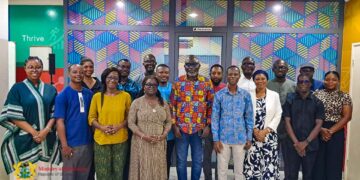














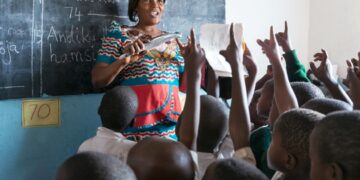










































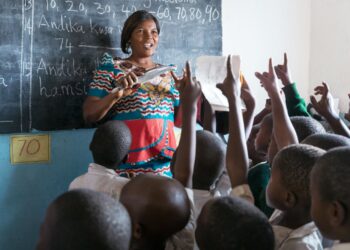



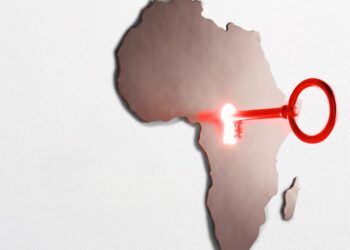











 EduTimes Africa, a product of Education Times Africa, is a magazine publication that aims to lend its support to close the yawning gap in Africa's educational development.
EduTimes Africa, a product of Education Times Africa, is a magazine publication that aims to lend its support to close the yawning gap in Africa's educational development.

